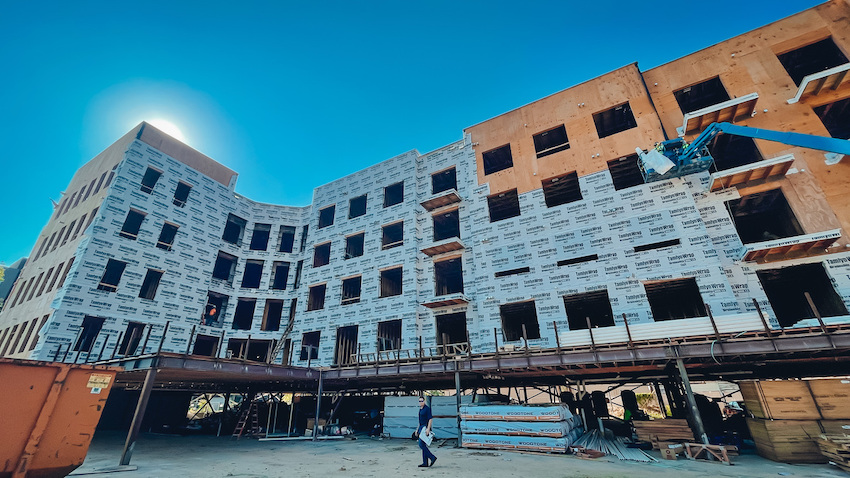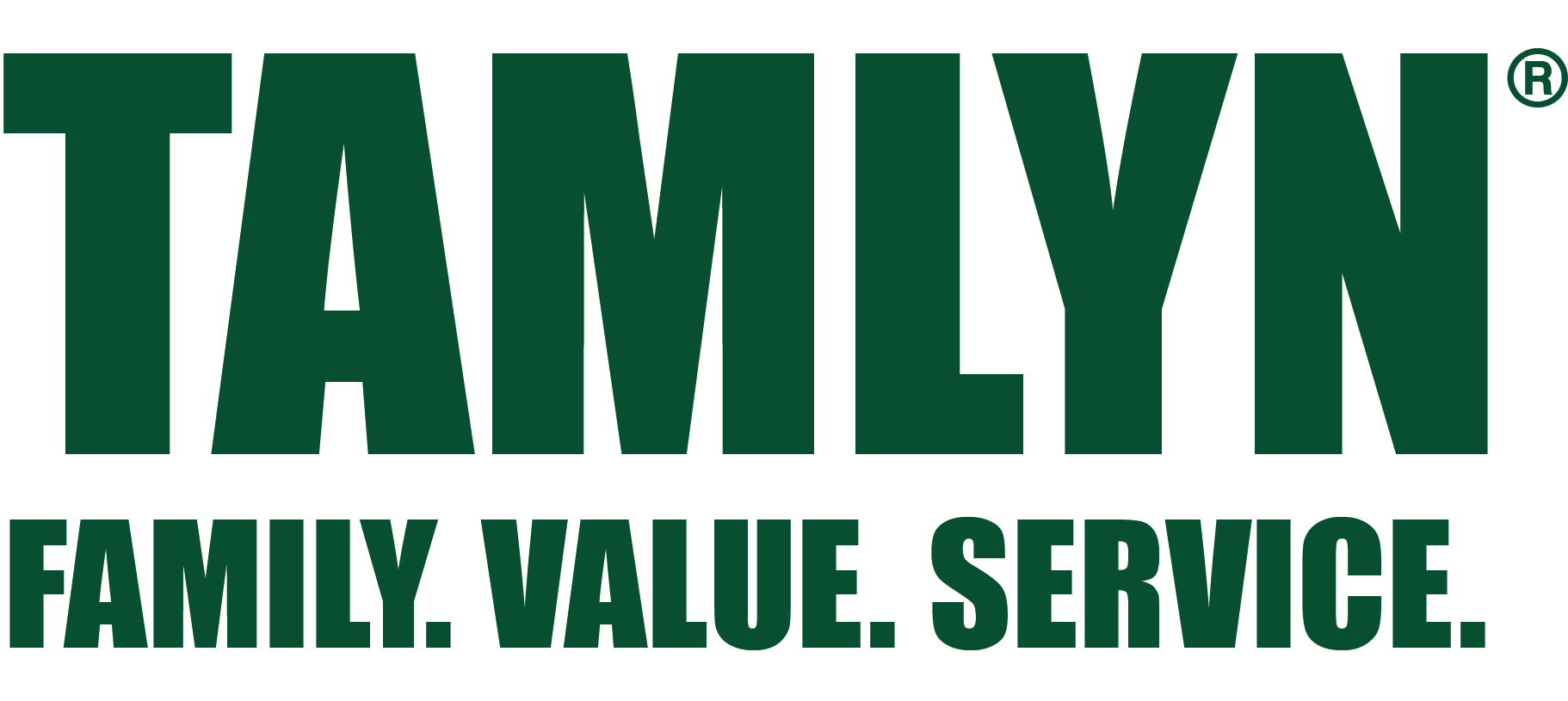Moisture Management Fundamentals
Learning Objectives:
- Describe how moisture impacts building durability.
- Define the various mechanisms of moisture movement and their relative severity.
- Identify common issues that lead to moisture problems and appropriate design remedies.
- Explain the integration of moisture control layer components as a system for proper moisture management.
Credits:
This course is approved as a Structured Course
This course can be self-reported to the AANB, as per their CE Guidelines
Approved for structured learning
Approved for Core Learning
This course can be self-reported to the NLAA
Course may qualify for Learning Hours with NWTAA
Course eligible for OAA Learning Hours
This course is approved as a core course
This course can be self-reported for Learning Units to the Architectural Institute of British Columbia
Building enclosures are expected to manage and control moisture intrusion. Through a combination of building science, climate, and material feature discussions, this presentation will explore how to design water control layers for typical framed building enclosures properly. The focus will be on best practices for developing durable, resilient enclosures using moisture control systems that consider deflection, drainage, drying, and durability system components.


|
Xuaco Pascual holds a B.S. in Mechanical Engineering from Old Dominion University and brings a wealth of expertise in construction building envelope solutions focused on energy, moisture mitigation, sustainable and resilient practices. Xuaco was previously the Product Marketing Manager for Carlisle Roof Foam and Coating applications, the Global Market Manager for spray foam insulations applications at Honeywell, and several business development and technical roles at DuPont. Xuaco also managed material research projects on behalf of NASA and is a U.S. Navy submarine force veteran. He has a diverse hands-on and practical background in Building Science, product development, training, building envelope systems (foundation to roof), mitigating construction quality issues, and remediation. |













